Thoughts On Aspect Ratios And Why 3:2 Sucks
Have you thought much about aspect ratios and which one should you go for? I can't say that I have considered it much but I have some words to put out around this topic.
This goes for all my writings and I don't usually mention it but this is a subjective matter. My thoughts are my own and they may or may not apply to your photography. Or my photography...
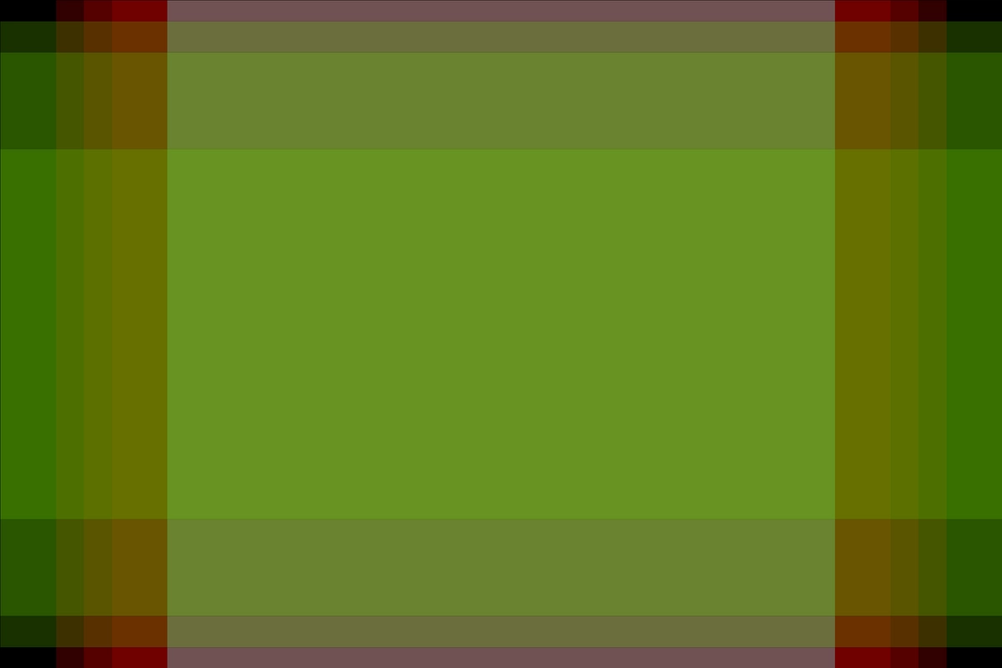
Know what this is? A non-photo that shows aspect ratios in an ugly way.
If you're shooting 135 film or digital then your photos will likely come out in 3:2 aspect ratio. There are cameras that will produce a different aspect ratio image on 135 film but they are not so common. Examples of that are something like XPan, half-frame cameras or square Robot cameras. On digital 3:2 is the most popular aspect ratio regardless of sensor size. As with everything, it has its exceptions as well with things like medium format or mobile phones. Vast majority will produce images in 3:2 aspect ratio. And the 3:2 aspect ratio sucks.
3:2
There. I said it. 3:2 aspect ratio is not good and it has taken me more than 10 years to realise. I don't know whether I have always had issues with this aspect ratio or whether it's a new development but 3:2 does not deliver the goods to my requirements.
When I started photography, aspect ratio was not something I thought about. I imagine that there were times when I left everything uncropped. Then there were times where I cropped in a free-form mode where the aspect ratio is not some standard size. As I progressed ( or regressed ) with my photography I started to crop more intentionally. I also started to standardise on aspect ratios so that it's easier to fit photos together. And lately I have come to the realisation that I don't like the 3:2 aspect ratio and choose to crop down to a different one more often than not.
So what is wrong with the 3:2 aspect ratio? For me it's one thing — the widest dimension is too wide. Having it so wide means that I have to fill it with something that adds ( or at least doesn't distract ) to the image and oftentimes I can't do that. The wide dimension will have some data inside it that will distract from the core of the image. Distractions are not good...most of the time.
"Get closer" you say. "That will reduce the stuff you have in the widest dimension." It would. But it would also reduce the data you have in the shortest dimension. It would reduce it to the point where it has too little in it and that removes my ability to tell the story that I want to tell. There needs to be a balance and I struggle to achieve the perfect balance in a 3:2 aspect ratio.
There is also a smaller point on why 3:2 doesn't often work for me. I'm a reaction-type photographer rather than a plan-ahead-type one. That means that I react to what's around me so there is less time for composition as I need to act fast. I have noticed that I focus on the center part of the image and tend to not notice the sides as much. In post-processing I notice the unrelated elements in the sides so I have to crop them out.
That's not to say that I never use the 3:2 aspect ratio. I do and there are specific use cases where it works well. 3:2 works when you have two subjects in the photo — a primary and secondary one. Take an environmental portrait for example. The primary subject is the person you are taking the photo of. The secondary subject is the environment the person is in. It's there to give context about the primary subject and without it the photo would lack substance. This works in 3:2 aspect ratio as you can allocate 1/3rd of a photo to the primary subject and 2/3rds to the environment. Primary subject would be the main focus point and the largest single element. The rest is the environment that provides context. Perfect. This type of photography involves more planning so framing is more deliberate and precise giving you time to not include distractions in the frame.

- Camera
- Leica M9
- Lens
- Canon LTM 50mm f1.2
I'm not going to put many photos in this writing because, frankly, it's difficult to search my photos by aspect ratio. Also most cameras won't produce results in an exact aspect ratio when uncropped.
This photo works well as a 3:2 as it gives some, literal, head space. But now that I look at it. It could be cropped to 4:3 to remove some head space.

- Camera
- Fujifilm X-Pro1
- Lens
- Schneider-Kreuznach Retina-Xenar 50mm f2.8
When you're not in a rush and can spend some time then 3:2 doesn't need to be cropped. Not that this is an amazing photo.
So if 3:2 doesn't work for most things then what does?
4:3
Enter the 4:3 aspect ratio. It may not seem like a huge difference from 3:2, and it isn't, but it's the perfect crop-down aspect ratio when coming from 3:2. It chops off the wide dimension leaving you with a squarer image that is still visibly not square.
When I'm reactively taking photos of things around me, my eye sees in 4:3 and the rest falls off. That means that in post-processing I find it very easy to crop down to this aspect ratio. It removes the distractions and keeps the important bits in the frame.
When the camera I'm using shoots 3:2 by default, I don't mess with the viewfinder to give me 4:3 framing. It's not necessary as my main vision already sees the world through the viewfinder in that way. That's a great upside for 4:3 as it doesn't require any camera / setting modifications.
Another benefit for cropping 3:2 down to 4:3 is that you can de-center a centered photo. By centered I mean that the main subject is in the very center of the photo and that composition doesn't work. Why would you shoot it that way? Why not shoot it de-centered straight from the camera? It comes back to reaction-type photography. I primarily use rangefinder cameras. If I rely on precise focus then I have to focus with the main subject in the center. I then have to reframe to put the main subject somewhere else. Oftentimes there is plenty of time to do that but sometimes there isn't. In those cases you're left with your main subject in the center. Cropping down to 4:3 will allow you to place the main subject outside the center relative to the new frame. The problem is not unique with rangefinders. It's a thing for most manual focus photos as focussing aids are typically in the middle of the frame.
I said that I shoot in 3:2 framing / viewfinder mode most of the time. That is true but I also use cameras that shoot in 4:3 natively. For me that is 645 medium format which has the 4:3 aspect ratio. I find that when I shoot 645 cameras then I don't need to crop in post-processing.
It would be lovely if I could shoot 4:3 in 135 format. And there is a way —half frame cameras. But it orients the frame in the wrong direction. It's in portrait mode relative to the film and I wish it to be in landscape mode. That would yield a bigger frame size which is always better! I have not used half-frame cameras but I don't have much desire to half the size of a regular 35mm frame. And at the end of the day, cropping down from 3:2 is not that bad as it allows more flexibility than if you shot 4:3 from the get-go.
In the digital world the Fuji medium format sensors are in 4:3 aspect ratio which only increases my GAS for those cameras. Fuji medium format cameras are not the only ones with that benefit. Any medium format camera using the same sensor would have the same 4:3 aspect ratio, like some Hasselblad medium format cameras.
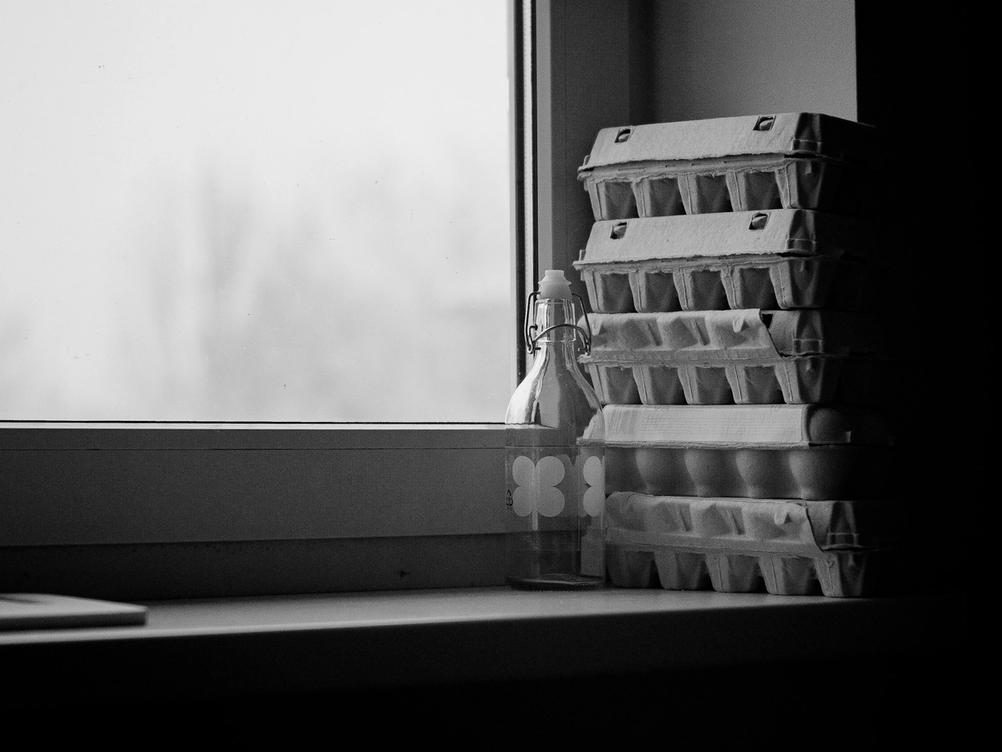
- Camera
- Fujifilm X-Pro1
- Lens
- 7Artisans 50mm f1.1
4:3 aspect ratio gives a more focussed view on boring still life.
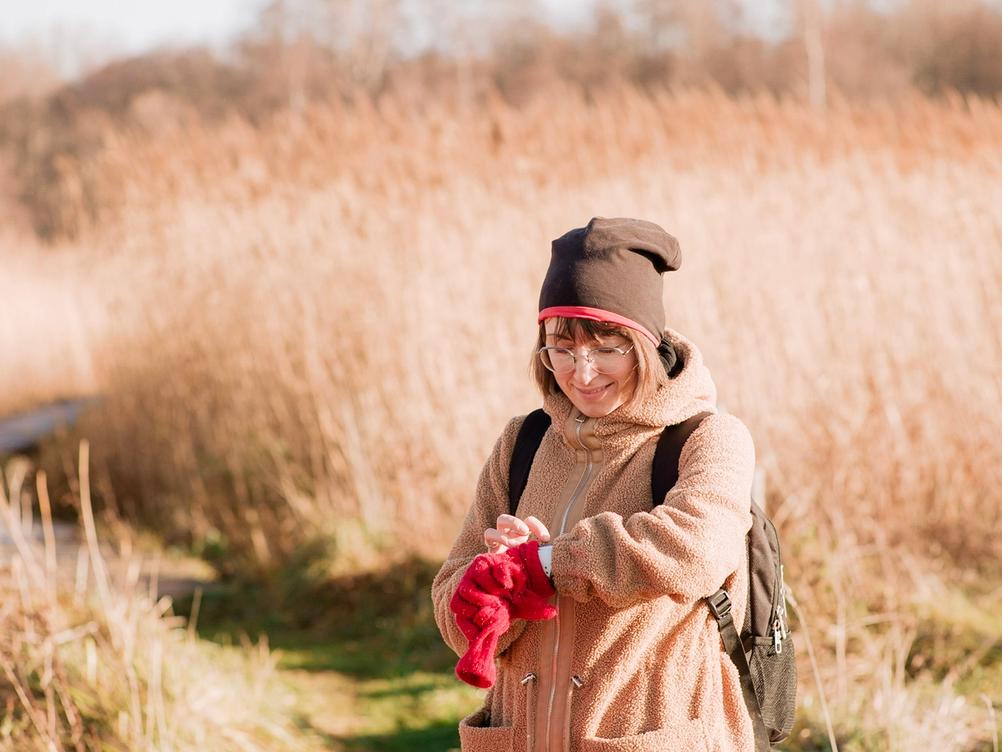
- Camera
- Leica M9
- Lens
- Leica Summicron-M Pre-ASPH 90mm f2
One of the examples where in the original photo, my wife is in center to allow me to focus on her. Post 4:3 crop I have moved her to the side a bit.
4:5, 6:7
For times when cropping down to 4:3 isn't enough as there are still some distractions in the widest axis — I will crop down to 4:5 or 6:7 aspect ratio. They will yield an even more square image allowing you to chop off distractions from the sides. I can't say that I use them often but they do appear in my "used aspect ratio list".
I have never shot with these aspect ratios during framing but I wouldn't say no to a large format 4:5 or 8:10 camera. And there are some very nice 6:7 medium format cameras out there as well. As it stands though, these aspect ratios are only used to drop down further from 4:3.
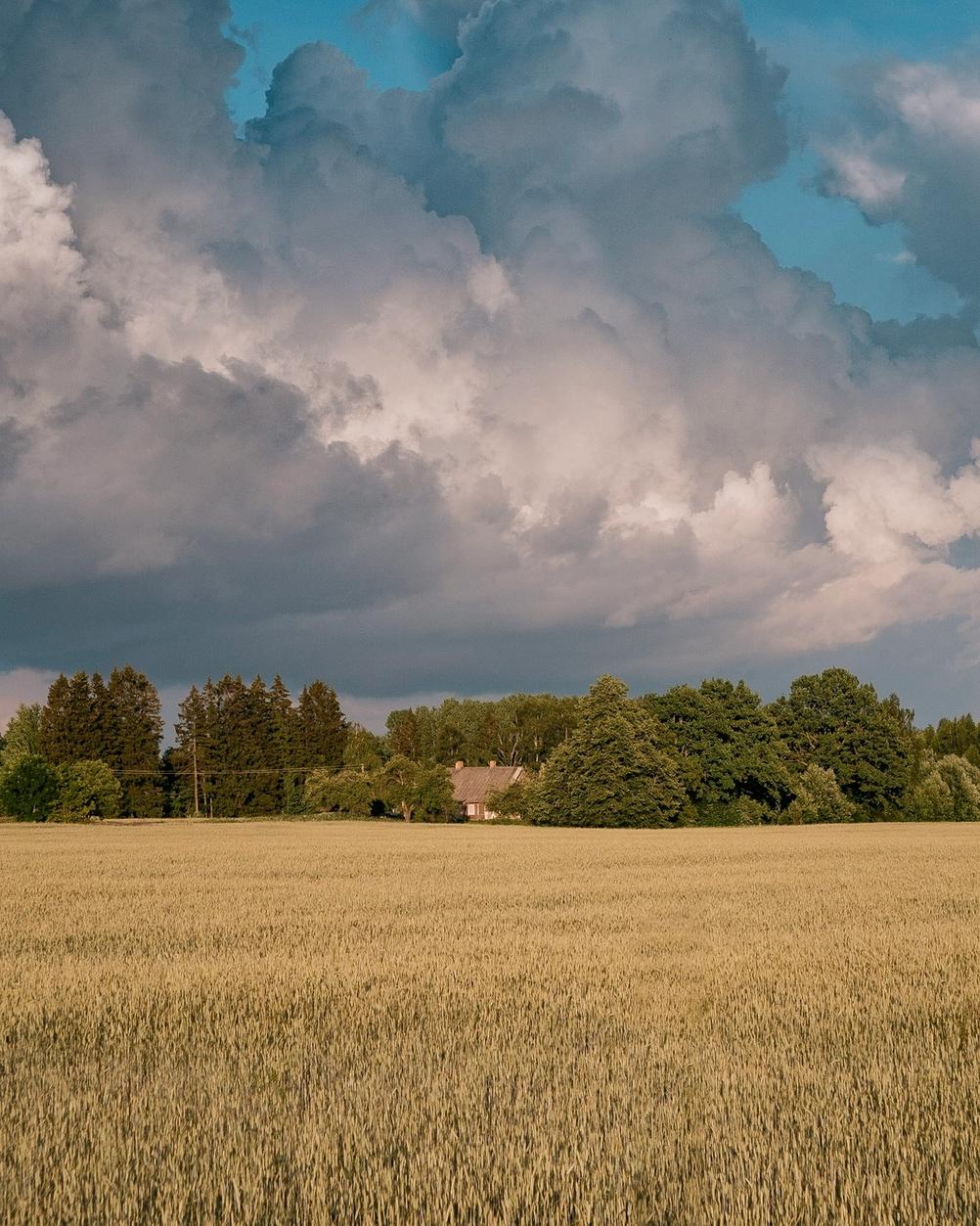
- Camera
- Fujifilm X-Pro1
- Lens
- Schneider-Kreuznach Retina-Xenar 50mm f2.8
4:5 works for when you still have too much stuff on the widest axis.
1:1
The square. You can use this aspect ratio to go down further if even 4:5 and 6:7 doesn't work. For me the gap from 3:2 is too large though and I need to frame using a 1:1 viewfinder for best results.
I like the 1:1 aspect ratio when I can frame that way straight from the camera. It does require a different set of composition techniques. Most composition variants from the 3:2 world simply don't work in 1:1 world. For example centering a subject in a square is very pleasing to me but not something that's often desirable in non-square aspect ratios.
I also like to include larger than normal environments when shooting in 1:1. It's not uncommon for the "main subject" to take a small relative size against the whole frame whilst the rest is filled with surroundings. Do the surroundings become the main subject at that point? Maybe. But I dig the look and it's something that only works in 1:1 for me.
Some photographers struggle to compose with 1:1 aspect ratio and require a certain "warm-up" time before feeling fluent. I can pick up a 6x6 camera and start shooting straight away without any mental overhead. I also see the world in 1:1 without having to look through the viewfinder all the time. Having a real 1:1 viewfinder for final framing is a large bonus though.
Sometimes I will crop a regular 3:2 photo down to 1:1 but more often than not it will be shot with 1:1 aspect ratio in mind. It's quite rare to only find out in post-processing that a photo works best as a 1:1. It has happened though.
TLRs are the perfect cameras for shooting in square. Most TLR cameras will produce a square image and use 120 / medium format film. There are exceptions but quite rare. I love TLRs and I love 1:1. That is probably why Rolleicord is a camera very close to my heart.
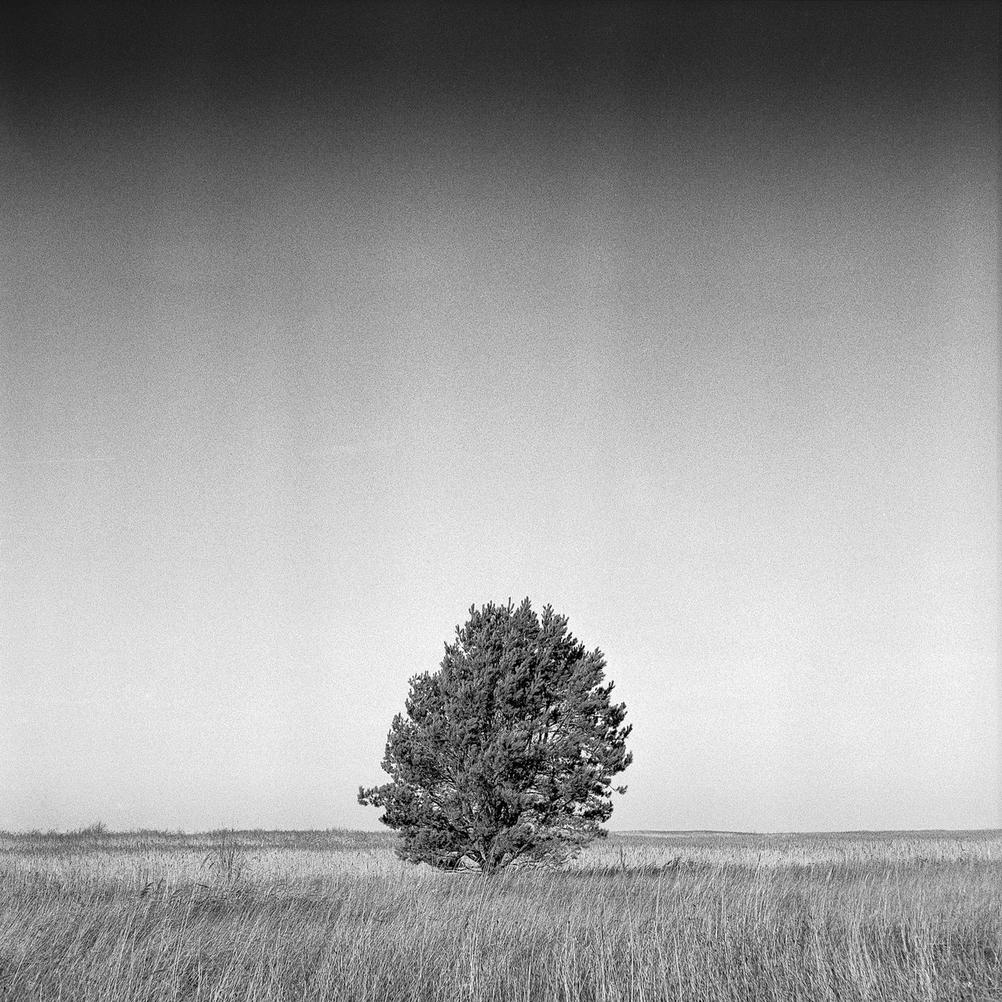
- Camera
- Rolleicord V
- Lens
- Schneider-Kreuznach Xenar 75mm f3.5
- Film
- Foma Fomapan 100 EI100
- Development
- Kodak HC-110; Dilution B; 9:00min
- Scanner
- Epson V600
Identifying 1:1 photos is very easy when you're looking at your library. Comes in handy when you need to write about aspect ratios.
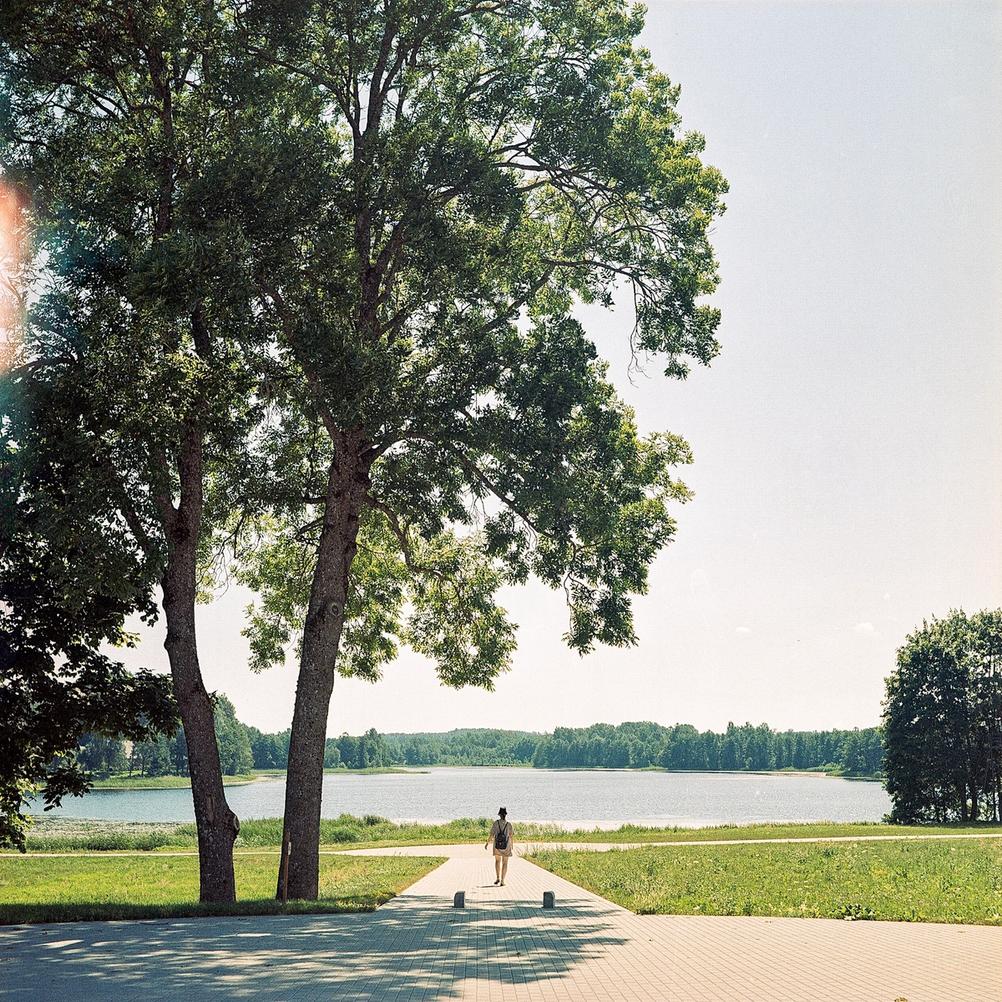
- Camera
- Rolleicord V
- Lens
- Schneider-Kreuznach Xenar 75mm f3.5
- Film
- Lomography Color Negative 800 EI800
- Development
- Tetenal Colortec C-41
- Scanner
- Epson V600
My wife is kind of the primary subject...but she's also taking ~1% of the image.
65:24
Now there is an aspect ratio. No single-digit-by-single-digit crap that you can calculate in your head. 65:24 is an aspect ratio used by the famous Hasselblad XPan / Fujifilm TX cameras. They use regular 135 film but shoot wider ( a lot wider - normal size is 36x24 ) than normal photos.
You might think that increasing the size of the widest axis would be seen as a downside for me but no. After increasing it past a certain point it becomes good again. Even magical. It's like with movies. There are boring, bad movies that are just bad. Then there are very bad movies that are so bad that they become good and even awesome again.
People will say that this is a cinematic aspect ratio and it may as well be but I don't watch movies much ( if at all the past few years ) and I still love the format. Having an axis so wide allows you to focus on that one axis, leaving the other as is. It's hard for me to explain exactly why this aspect ratio works but it does work and results can look amazing.
This aspect ratio also fixes one of the problems with super-wide lenses. The problem of filling the frame with useful or interesting stuff. One dimension will be substantially worse unless very careful planning takes place. Chopping one axis down solves this problem. That's why this aspect ratio is often used with wide lenses.
It's not essential to have a viewfinder in this aspect ratio but it's a huge bonus. I don't have a camera that can frame with using this aspect ratio. All my framing for 65:24 aspect ratio happens in post-processing. It's not ideal but it can still produce results. I do have 35mm cameras with a panoramic mode that will allow you to frame close to this aspect ratio. The downside is that you will crop a significant portion of the normal 35mm frame. I don't like that too much so it's not something I use often.
This aspect ratio is not without its faults. One fault is the camera choice. The perfect camera for it is the XPan / TX cameras. But they cost A LOT of money. Them being electronic also means that when they die ( which they will ), then you will be left with a beautiful brick. On digital you have the medium format Fuji cameras that have a special crop mode for this aspect ratio. But that also isn't a cheap route and will crop down a significant portion of the full image. Not as big of an issue as on 35mm film as Fuji medium format cameras have plenty of megapixels to allow for this.
Another issue is with the actual display of the final results. These days photos are mostly viewed through digital screens and they are not optimised for this aspect ratio. Especially on mobile phones in portrait orientation. 65:24 image will look like a thin strip there. You can arrange the photos in diptychs or triptychs ( 2 or 3 photos together ) which will yield a more normal aspect ratio final image. But that won't work with all photos and it's still difficult to see a single photo. Best answer is to print and print big.
My ways of shooting 65:24:
- 35mm film in medium format ( 6x7 or 6x9 ) camera. This will deliver similar results to XPan but with a lot more hassle. Framing is still an issue. You would have to mask the viewfinder to frame in this aspect ratio. It's also problematic to get 35mm film into a medium format camera. You can use adapters or spool the film inside backing paper like it's 120 film but these solutions will sometimes cause film flatness issues.
- Shoot digital and crop in post. This is my most often used approach. Digital has enough resolution to allow for this although it's not great. You also get the framing issue as the viewfinder will still be 3:2.
- Panorama mode in 35mm cameras. I prefer not to crop a 35mm frame this much. You need a very good scan to make it look decent unless you only plan to look at it on a phone screen. Framing is a solved issue in this mode though so it's nice from a usability perspective.
- "I just think this looks good as a 65:24 photo". This is where you decide, in post-processing, that this aspect ratio will work best, regardless of how the photo was created. As it's an accident, you can rely on it.
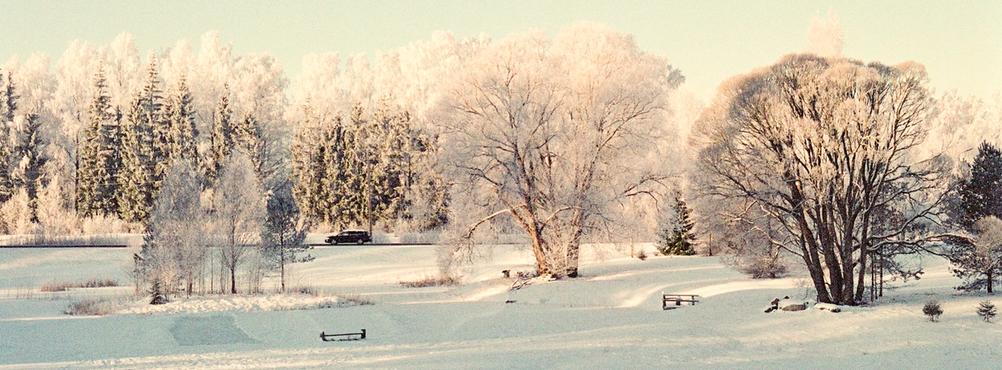
- Camera
- Pentax MV1
- Lens
- Pentax SMC M 50mm f1.7
- Film
- Fujifilm Pro 400H EI200
- Development
- CineStill CS41 "Color Simplified" 2-Bath Powder Kit
- Scanner
- Reflecta ProScan 10T
Another aspect ratio that's easy to identify in your library view is the 65:24.
This is a crop from 35mm film. It can be done but requires a better quality scan than I can do.

- Camera
- Fujifilm X-A1 ( infrared converted )
- Lens
- Voigtländer Super Wide Heliar 15mm f4.5
XPan aspect ratio works well with wide-angle ( ~21mm equivalent for full-frame ) lenses.
16:9, 16:10
These are companion aspect ratios to the 65:24 which I use when the XPan ratio doesn't work for the image. Mostly because framing was imprecisely done on a camera that doesn't show the world through 65:24 aspect ratio. By using these more modest "panoramic" aspect ratios you can save an image. For me they are used as the last resort for images that I find save-worthy.
It's very, very rare that I would compose with these aspect ratios in mind.
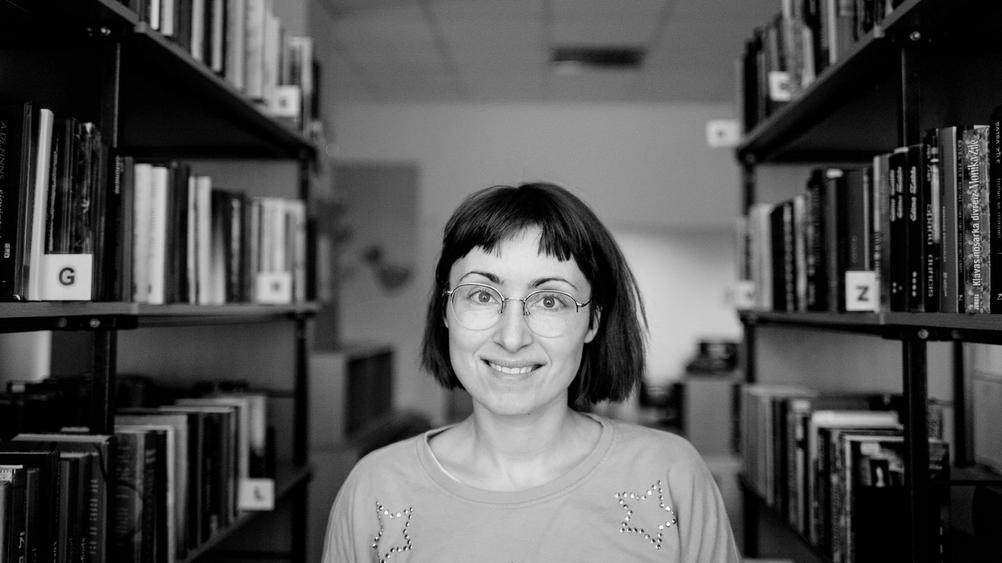
- Camera
- Leica M9
- Lens
- ZEISS Biogon T* ZM 35mm f2
I don't remember anymore if I intended this to be an XPan crop but it certainly didn't work as one. 16:9 can save the day in those circumstances.
Final:Words
So there you go. My thoughts on aspect ratios. It got a bit rambly at times but I hope that my point comes across with, at least, some precision. It was not framed with a dedicated viewfinder though so some imperfections exist.
What are your thoughts on aspect ratios? Am I stupid to even think about them?
